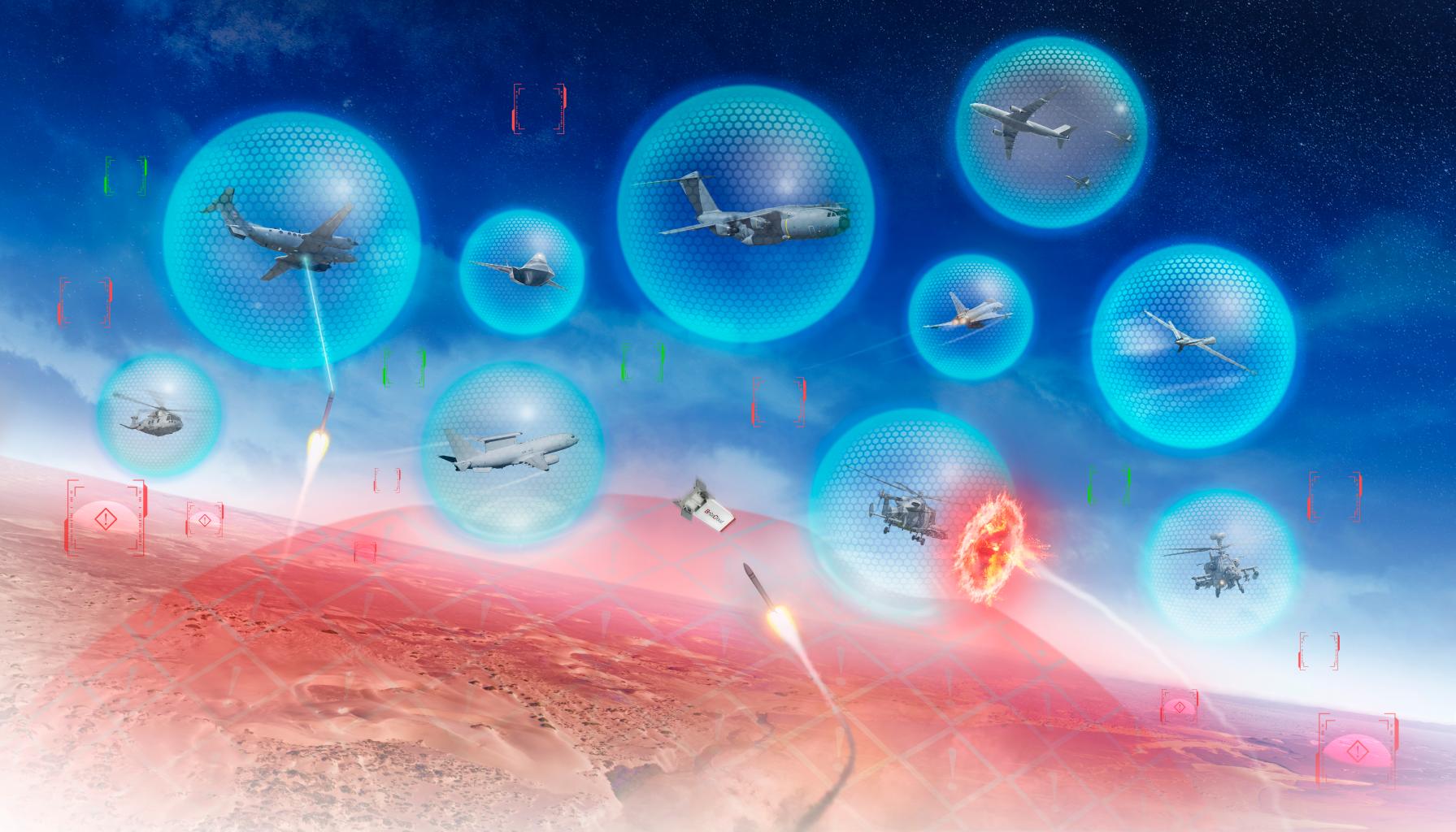Vijainder K Thakur
According to the interlocutor, the Krasukha electronic warfare system can completely suppress the on-board electronics of Ukrainian fighter aircraft. As a result, Ukrainian Armed Forces aircraft return to base using landmarks since their navigation “fails.”
“Krasukha” can influence enemy electronics at a distance of up to 150 km.
On September 13, the RuMoD reported that Central MD’s Krasukha-S4 electronic warfare systems were forcing aerial targets flying at extremely low altitudes to evade radar and visual detection to gain hide and expose themselves to air defense (AD) systems.
Evidence suggests that Russia has stepped up the use of its vaunted Krashuka EW system, and it’s using the system far more aggressively.
As far back as June 2022, the RuMoD had reported that the Krasukha system was being used to prevent radar imaging of the battlefield by Ukrainian MALE drones, but there had been no reports of high-power jamming. Blinding of onboard avionics requires a lot of electrical power.
Understanding the Krasukha System
The Krasukha is a family of EW systems designed to electronically shield ground targets and aerial targets operating close to the ground, such as attack helicopters. The system prevents detection as well as attack by the adversary.
During MAKS 2019, KRET displayed the following three EW systems
Unified Ground Interference Module 1L269EH (Krasukha-2) to thwart airborne, tethered, or elevated radar detection.
Terrestrial electronic suppression module 1RL257EH (Krasukha-4) to disrupt missiles and PGM RF seekers and data links. Reconnaissance module 1L265EH (Moscow-1) to detect and evaluate threats across the RF spectrum.
Deployed in combination, the above three systems are able to cloak from radar-based observation and protect from precision attacks hundreds of square kilometers of area on the ground.
The systems are able to disrupt airborne (aircraft, helicopters, UAVs, satellites, aerostats) radars, elevated ground radars, X-band guidance radars, GPS signals, RF seekers on missiles and glide bombs, and data links.
All systems are mobile and can be redeployed in 20 mins in summer and 40 mins in winter.
They operate between 2-3 cm in an X band with an energy potential of 50-65 db(W), covering 360 deg in azimuth and 60 deg in elevation.
The Krasukha system was first introduced into Russian service in 2015 and was reportedly used by Russian forces during their Syrian campaign. It’s likely that the system has matured following operational deployment.

Electronic Warfare EW by Leonardo
Use of Aerosol Screening
In a related development, Russia is now also using aerosol screening to screen targets from detection as well as attack.
While EW systems, like the Krasukha, can screen targets from radar Imaging and thwart radio frequency missile seekers, they cannot screen targets from optical imaging by aircraft and satellites or protect the targets from missiles with optical seekers.
On September 17, Sevastopol city governor Mikhail Razvozhaevcity announced that the military was using aerosol camouflage.
“If you see smoke in the South Bay area, then don’t worry. According to information from the Black Sea Fleet, standard aerosol camouflage means are used. Yes, the smell is unpleasant, but it is absolutely safe,” Razvozhaev wrote in his Telegram channel.
Aerosol spray can prevent optical imaging of targets by satellites of the US military Keyhole constellation or the commercial Maxar Technologies WorldView constellation. Aerosol clouds can also degrade the ability of Storm Shadow / Scalp cruise missiles to identify their targets.
In October 2022, it was reported that the Central Research Institute of Precision Engineering (TsNIITOCHMASH, part of the Kalashnikov concern) supplied the RF Ministry of Defense with a batch of optical-electronic countermeasures ammunition that creates a masking aerosol screen to protect vehicles, including armored vehicles, from high-precision weapons.
The 3VD35 protective aerosol ammunition has the following features:
Calibre – 76 mm, length – 290 mm, weight – 1.8 kg. Application temperature range – from -50 to +55 degrees Celsius.
The optoelectronic countermeasure ammunition is fired towards the enemy, creating an aerosol cloud capable of shielding armored vehicles from high-precision weapons with laser, optical, and thermal guidance systems.
Aerosol shells can be fired whenever a satellite is making a pass over the target, or the target is likely to come under attack by cruise missiles and/or drones.
Conclusion
Typically, before a coordinated drone and missile strike on Crimea by Ukraine, US airborne and space-based ISR assets mount intense surveillance of the Crimean peninsula to select targets and identify the AD systems deployed for their protection.
US RQ-4 and MQ-9 drones equipped with SAR fly for hours off the Crimean coast to radar image potential targets. US Topaz (radar imaging) and Key Hole (Optical imaging) satellites make repeated passes over Crimea to photograph the target and upload them into the seekers onboard Storm Shadow missiles to facilitate recognition of the target.
With increased deployment of Krashuka systems and the use of aerosol cloud-generating shells, Russian forces will be able to severely curtail US ability to identify targets and image them for attacks by cruise missiles.
Increased use of the Krashuka system now, as compared to earlier, is most simply explained by the increased availability of systems as a result of stepped-up production.
However, it could be that Russia was not using the advanced capability of the system to deny the US and NATO a chance to study the technology deployed.
Since the start of Russia’s Special Military Operation (SMO) in Ukraine, Russia has been very restrained with the use of high-technology weapons in its possession, including its top-of-the-line stealth fighter Su-57.
Russia is conducting the SMO in a manner such that it retains its ability to fight NATO. Retaining such ability is critical to deterring NATO intervention in the conflict and consequent escalation.
No comments:
Post a Comment